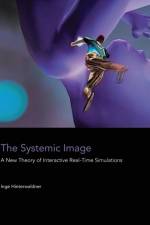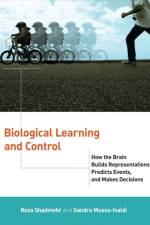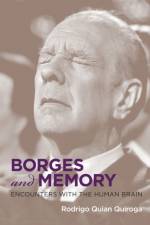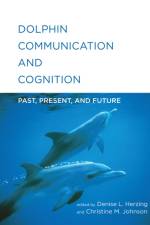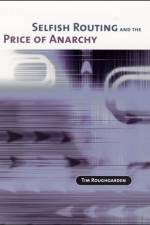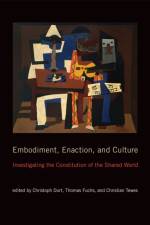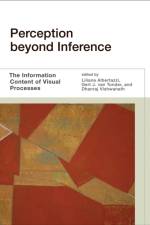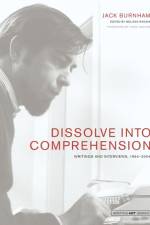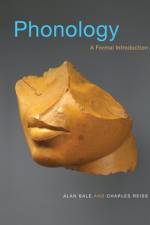av Paul Verschure
857
A multidisciplinary examination of the phenomenon of collaboration to expand knowledge and inform future activities.Human existence depends critically on how well diverse social-cultural-political groups can collaborate. Yet the phenomenon of collaboration itself is ill-defined, badly understood, and there is no straightforward formula for its successful realization. In The Nature and Dynamics of Collaboration, edited by Paul F.M.J. Verschure et al., experts from wide-ranging disciplines examine how human collaboration arises, breaks down, and potentially recovers. They explore the different contexts, boundary conditions, and drivers of collaboration to expand understanding of the underlying dynamic, multiscale processes, in an effort to increase chances for ethical, sustainable, and productive collaboration in the future.This volume is accompanied by twenty-four podcasts, which provide insights from real-world examples.ContributorsAsaf Bachrach, Kevin Bauer, Jenna Bednar, Eric D. Beinhocker, Johan Bollen, Federica Carugati, Esther Chevrot-Bianco, Michael Chwe, A. C. C. Coolen, Tamas David-Barrett, Simon DeDeo, L. Zachary DuBois, Ismael T. Freire, Dorthe Døjbak Håkonsson, Rebecca D. Hardin, Sebastian Kahl, Heidi Keller, Mette Løvschal, Jônatas Manzolli, George E. Marcus, Marcia L. McLain, Stephanie Musgrave, Melody N.Ndzenyuiy, Chris J. C. Nierstrasz, Raul Pacheco-Vega, Scott E.Page, Ella Paldam, Bhavani R. Rao, Andreas Roepstorff, Karthik Sankaranarayanan, Dennis Snower, Sidney Strauss, Justin Sulik, Veena Suresh, Kristian Tylén, Robert Van der Laarse, Sander E.van der Leeuw, Paul F. M. J. Verschure, Alicia von Schenk, Ferdinand von Siemens

